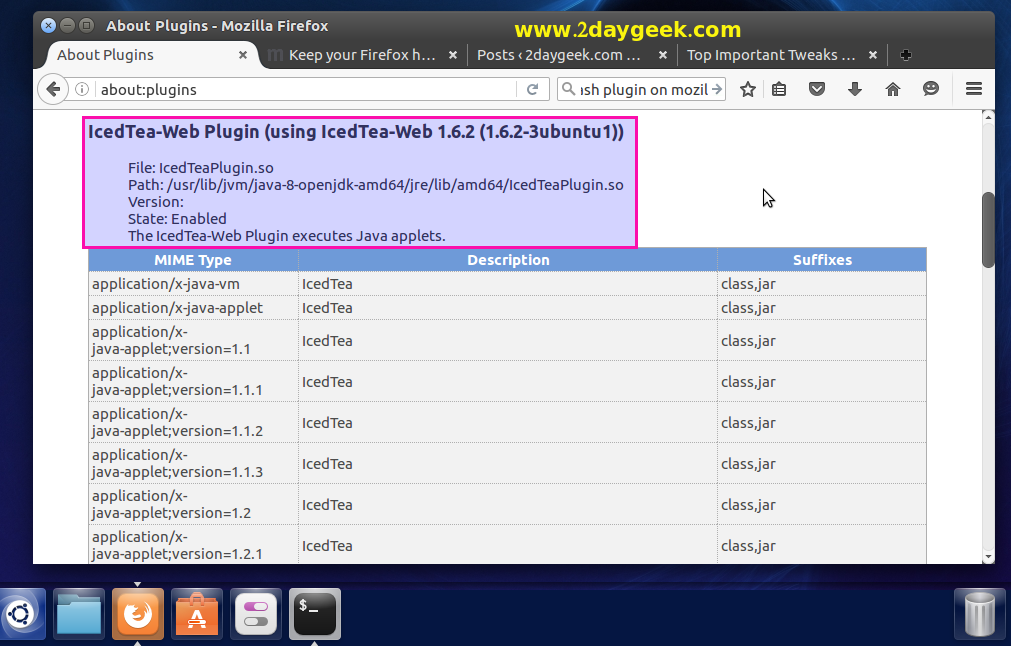

- #Windows install java plugin how to#
- #Windows install java plugin software#
- #Windows install java plugin code#
- #Windows install java plugin license#
- #Windows install java plugin plus#
#Windows install java plugin plus#
You can zoom into the currently displayed picture by clicking the zoom bar's plus (+) button and zoom out by clicking the minus (-) button, as shown in Figure 2.įigure 2. Once it's installed, select Pictures from the Window menu to display the Pictures Window with its My Pictures contents. Then install this plugin via the same steps for installing File System Displayer.
#Windows install java plugin license#
This plugin is licensed under version 2 of the GNU General Public License (GPL).ĭownload PicturesExplorer's 1202697173670_org-modules-sack-picturesexplorer.nbm module file by clicking the Download button on the PicturesExplorer detail page. Kunal Modi's PicturesExplorer plugin lets users of Windows XP (and presumably other Windows versions) view the contents of their My Pictures folder within NetBeans you don't need to leave the IDE to open a picture viewer. Other modules can store files or objects in these folders the defining module can scan each folder's contents and do whatever it likes with the contents. A layer file defines folders and files to be merged into the system filesystem. (Click to enlarge.)Īt runtime, the filesystem is composed of information located in each module's XML-based layer file. FsDisplayer Window appears alongside the Projects, Files, and Services tabs.


#Windows install java plugin software#
NetBeans is based on modules - software components for providing applications or the IDE with various features.
#Windows install java plugin how to#
Lastly, you will see how to create your own plugin for accessing the NetBeans API Javadoc. You'll also briefly tour each plugin in NetBeans IDE 6.5, which I assume you've installed. You'll discover each plugin's purpose, its open source license, and the platforms that the plugin targets. This article introduces you to five of the many open source NetBeans plugins that you can download from the NetBeans Plugin Portal. While playing with the IDE, I encountered the topic of plugins - modules that install themselves into NetBeans to extend it with new features such as a Google search toolbar.

Level: Intermediate.Įarlier this year, I used NetBeans IDE 6.1 with JavaFX (part of the Sun Microsystems JavaFX Preview SDK) to develop the examples for my Jump into JavaFX series on JavaWorld. All that is just a start, though, as you'll also learn how to create your own NetBeans plugin for accessing the NetBeans API Javadoc.
#Windows install java plugin code#
In this installment of Open source Java projects, Jeff Friesen introduces you to NetBeans plugins that let you view the NetBeans filesystem, explore pictures on Windows systems, check code for standards compliance, add properties to Java classes, and make OpenGL development easier. The NetBeans IDE is pretty good on its own, but even handier once you start extending it with plugins specific to your needs.


 0 kommentar(er)
0 kommentar(er)
